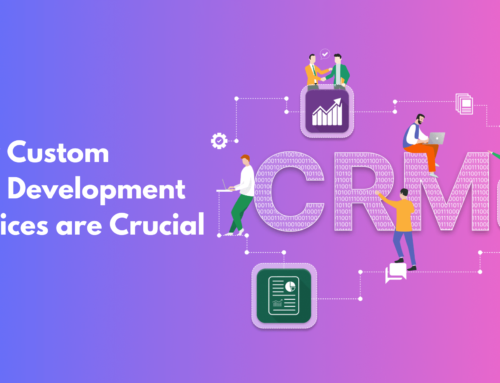Software as a service (SaaS) development is a model for delivering software applications over the internet. SaaS applications are typically accessed through a web browser and do not require users to install software on their local computer or device.
One of the main benefits of SaaS development is that it allows organizations to access software without the need for upfront investment in hardware and infrastructure. SaaS applications are typically subscription-based, meaning that users pay a recurring fee to access the software. This can be a more cost-effective option than purchasing and maintaining on-premises software licenses.
Another benefit of SaaS development is that it allows organizations to access software on a pay-as-you-go basis, rather than making a large upfront investment. This can be especially useful for small and medium-sized businesses that may not have the resources to invest in expensive software licenses.
SaaS development also offers the benefits of scalability and flexibility. Organizations can easily add or remove users as needed, and can access the software from any device with an internet connection.
However, it is important to be aware of the potential challenges of SaaS development as well. One of the main challenges is that SaaS applications are typically hosted on servers that are owned and maintained by the software provider, rather than by the organization using the software. This can raise concerns about data security and privacy. It is important for organizations to carefully consider the security measures in place when choosing a SaaS provider.
In conclusion, SaaS development offers a number of benefits, including cost-effectiveness, scalability, and flexibility. However, it is important to carefully consider the potential challenges and choose a reputable and secure provider.

